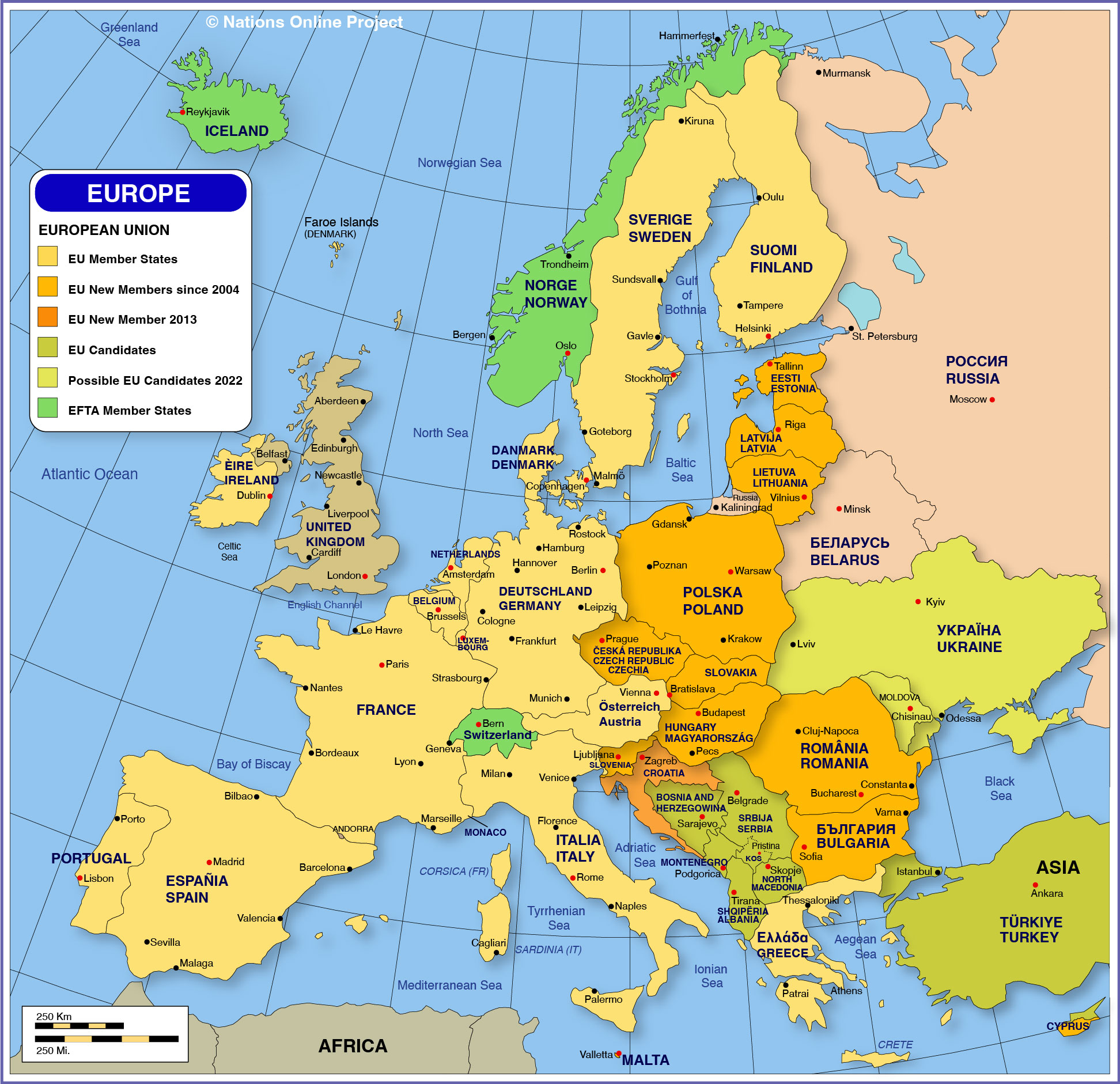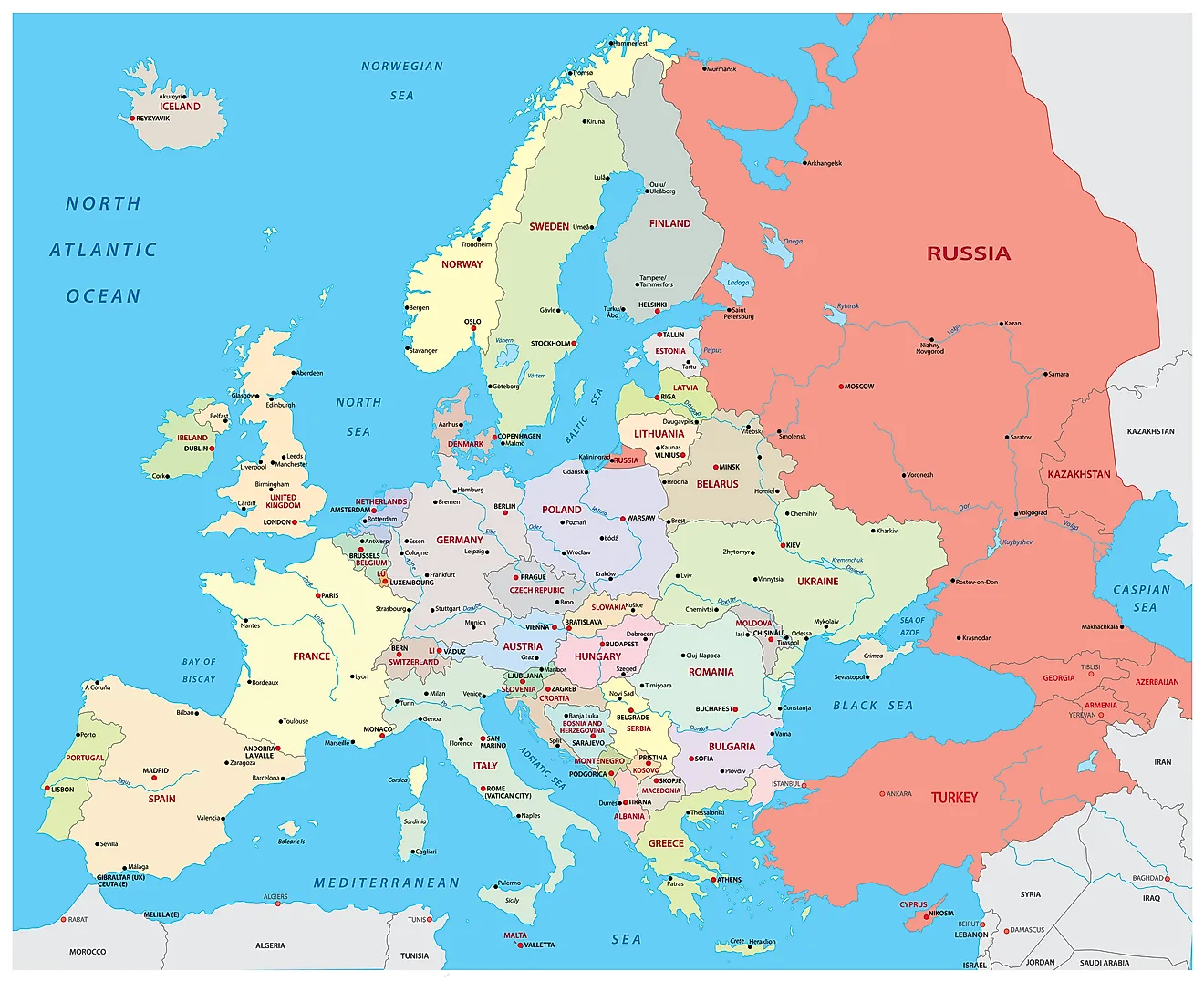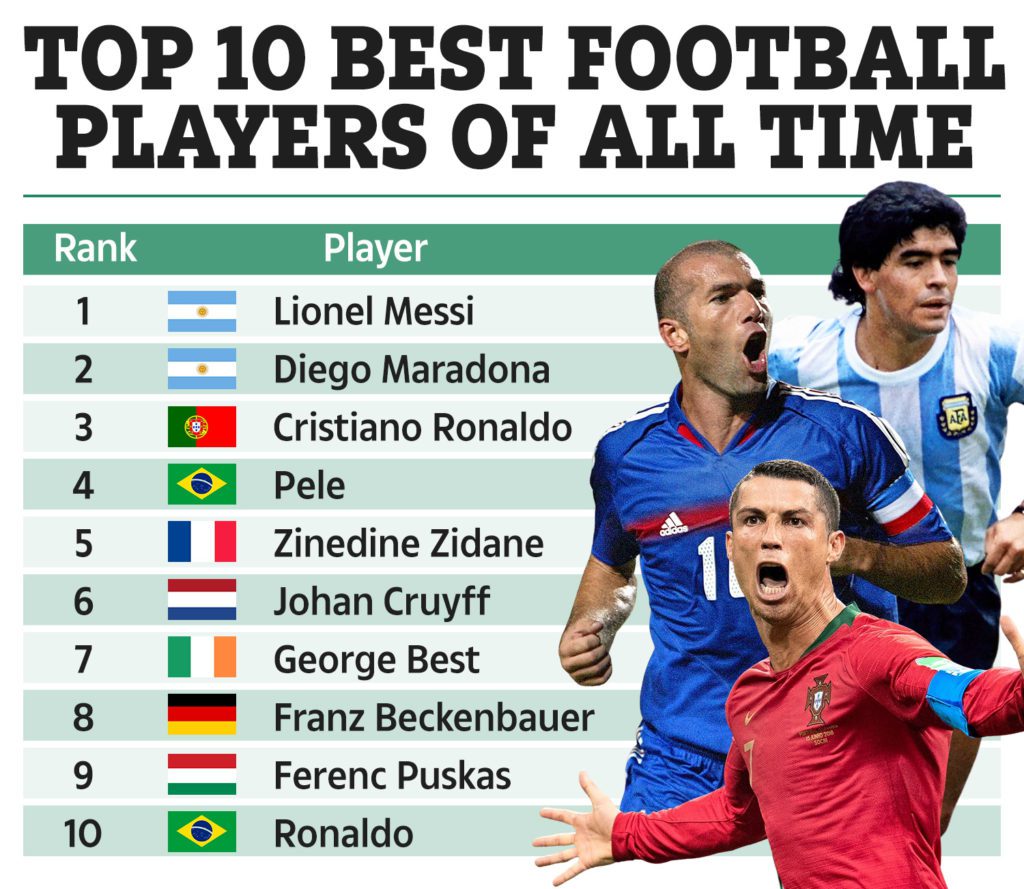
The Shifting Landscape: A 2025 Comparison of European Club Football Trophies
European club football stands at the precipice of a transformative era. As we look towards 2025, the continent’s most coveted club trophies are not merely static symbols of glory but are evolving through significant format changes, increased financial stakes, and an ever-intensifying global appeal. The hierarchy of prestige remains largely intact, but the pathways to glory, the demands on participating clubs, and the overall landscape of competition are set to undergo a dramatic overhaul. This article delves into a comparative analysis of Europe’s major club trophies in 2025, examining their individual standing, the impact of new formats, and the broader implications for the beautiful game.
The Apex: The UEFA Champions League (UCL)
Unquestionably, the UEFA Champions League will remain the pinnacle of European club football in 2025. Its iconic status, immense financial rewards, and unparalleled global viewership cement its position as the ultimate prize. However, the 2024/25 season marks a radical departure from its traditional group stage format, ushering in the much-discussed "Swiss Model."
From 2025 onwards, the UCL will expand from 32 to 36 teams, all participating in a single league phase. Each club will play eight matches against eight different opponents (four home, four away), with results contributing to one overall league table. The top eight teams will automatically qualify for the round of 16, while teams finishing from 9th to 24th will compete in a two-legged playoff to secure their spot in the knockout stages. This new format promises more high-stakes matches, eliminating "dead rubbers" and ensuring greater competitive integrity throughout the initial phase.
The implications for 2025 are profound. For clubs, the path to glory becomes longer and more arduous. With a minimum of two additional league phase matches (compared to the previous six group stage games), squad depth will be tested like never before. Injuries, suspensions, and player fatigue could become even more decisive factors. Financially, the expanded format is projected to significantly increase UEFA’s revenue, further widening the financial gap between the elite clubs and the rest. Winning the UCL in 2025 will not only confer sporting immortality but also guarantee an even more substantial financial windfall, enabling dominant clubs to reinforce their positions at the top. The prestige associated with the trophy, already immense, will only be amplified by the increased challenge and the enhanced global spotlight on a more extensive, dynamic competition.
The Strategic Battlefield: The UEFA Europa League (UEL)
The UEFA Europa League, long considered the continent’s second-tier competition, will also adopt the "Swiss Model" in 2025, mirroring the Champions League’s structural changes. It too will expand to 36 teams, with each playing eight matches in a single league phase, followed by similar playoff and knockout rounds.
The UEL’s standing in 2025 will remain crucial for several reasons. For clubs that narrowly miss out on Champions League qualification, or those dropping down from the UCL, it offers a vital alternative pathway to European glory and, crucially, a direct route into the subsequent season’s Champions League for the winner. The increased number of matches and the more challenging league format mean that winning the UEL in 2025 will be a more significant achievement than ever before. It will demand greater consistency and tactical acumen over a longer period.
For clubs outside the traditional European elite, the UEL provides invaluable experience, exposure, and a substantial revenue stream that can be reinvested in squad development and infrastructure. Its role as a strategic battlefield, where ambitious clubs vie for a stepping stone to the elite, will be reinforced by the more competitive format, making its prize a more legitimate testament to a team’s enduring quality.
The Emerging Contender: The UEFA Europa Conference League (UECL)
The youngest of UEFA’s club competitions, the Europa Conference League, introduced in 2021, will also transition to the "Swiss Model" in 2025. Like the UCL and UEL, it will feature 36 teams in a single league phase. However, clubs in the UECL will play six matches (rather than eight) against six different opponents.
The UECL’s significance in 2025 lies in its continued role as a gateway to European football for clubs from a wider range of leagues and with more modest resources. It offers a realistic opportunity for silverware and a taste of continental competition for teams that might otherwise struggle to qualify for the UEL or UCL. Winning the UECL grants direct qualification to the UEL group stage in the following season, providing a clear progression path.
While its prestige is still developing compared to its older siblings, the 2025 format changes will elevate its standing. The league phase will introduce more varied opponents and reduce the chances of early elimination for deserving teams. For clubs from smaller leagues, or those in larger leagues battling for a European spot, the UECL in 2025 will represent a tangible and achievable goal, offering financial stability and a platform to showcase talent, proving that European success is not solely reserved for the traditional giants.
The Symbolic Opener: The UEFA Super Cup
The UEFA Super Cup, traditionally played between the winners of the Champions League and the Europa League, will continue its role as the curtain-raiser for the new European season in 2025. While it lacks the extended narrative and multi-game format of the primary competitions, its significance lies in its symbolic value.
It represents the clash of reigning champions, a one-off opportunity for two of Europe’s best clubs to claim early-season bragging rights and an immediate piece of silverware. Its prestige is derived directly from the two major trophies it connects. In 2025, with the UCL and UEL winners having navigated more demanding paths to their respective titles, the Super Cup will perhaps carry an even greater weight as a battle between two truly deserving champions of the new era.
The Global Ambition: The FIFA Club World Cup (Expanded 2025 Edition)
Beyond UEFA’s purview, but profoundly impacting European clubs, is the significantly revamped FIFA Club World Cup. While previously an annual tournament with a limited number of participants, 2025 will witness its transformation into a quadrennial, 32-team mega-event, held every four years, akin to a "mini-World Cup" for clubs.
European clubs are expected to dominate this expanded tournament, given their historical success and financial might. The new format will feature eight groups of four, with the top two progressing to a knockout stage, promising an intense, month-long competition.
For European clubs, winning the 2025 FIFA Club World Cup will add a truly global dimension to their trophy cabinet. It offers unparalleled worldwide exposure, massive prize money (reportedly up to €100 million for the winner), and the undeniable bragging rights of being crowned the best club in the world. While the Champions League remains the ultimate European prize, the expanded Club World Cup will become a highly sought-after global title, presenting a new pinnacle of achievement and a significant scheduling challenge for European powerhouses, who will now have to factor in an additional, demanding tournament every four years. Its prestige will surge dramatically, becoming a major target for elite clubs.
Overarching Implications for 2025 and Beyond:
The year 2025 marks a turning point for European club football, driven by these sweeping format changes.
- Increased Player Load and Squad Depth: The most immediate and significant impact will be on player welfare. More matches across all competitions will place unprecedented demands on squads, making injuries and fatigue critical factors. Clubs with deep benches and robust medical teams will have a distinct advantage.
- Financial Disparity: While the new formats promise increased revenue for all participants, the lion’s share will inevitably go to the clubs competing in the Champions League. This could further entrench the financial dominance of Europe’s elite, making it even harder for aspiring clubs to break into the top tier consistently.
- Enhanced Competition: The "Swiss Model" aims to create more meaningful matches throughout the league phase, reducing the number of "dead rubbers" and ensuring that every game matters. This should lead to a more compelling viewing experience for fans.
- Global Reach and Commercialization: The expanded formats, particularly the new FIFA Club World Cup, are designed to maximize global viewership and commercial opportunities. This will further solidify European club football’s status as a global entertainment product.
- The Pursuit of Multiple Trophies: For the continent’s biggest clubs, the ambition in 2025 will extend beyond just domestic success and the Champions League. The increasingly prestigious UEL and the massively expanded FIFA Club World Cup will become legitimate targets, demanding even greater strategic planning and resource allocation.
Conclusion:
In 2025, European club football will enter an exciting, yet challenging, new era. The UEFA Champions League will unequivocally remain the gold standard, its new format solidifying its position as the ultimate test of continental supremacy. The Europa League and Europa Conference League, with their own adopted "Swiss Models," will offer increasingly competitive and meaningful pathways to glory, fostering broader participation and development across the continent. Meanwhile, the vastly expanded FIFA Club World Cup will introduce a new global pinnacle, challenging European giants to prove their dominance on the world stage.
The landscape will be one of heightened stakes, increased demands, and amplified global attention. While the fundamental hierarchy of trophies will persist, the journey to lifting them will be longer, tougher, and more financially rewarding than ever before. 2025 promises to be a landmark year, shaping the future of European club football for decades to come, demanding adaptability, resilience, and unparalleled quality from all who aspire to lift its coveted prizes.



